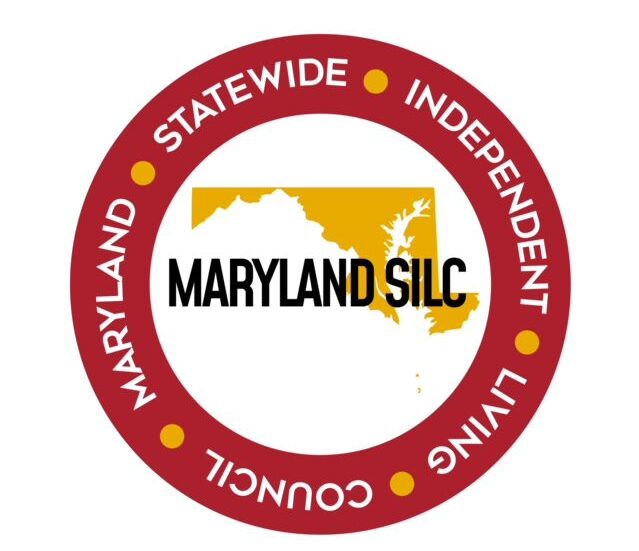The “What If” Mirror
The “What If” Mirror: A World Reimagined
By Lorna Mae Silcott
We often talk about what it means to be “normal,” measuring ourselves against an invisible yardstick of ability and ease. But what if that yardstick suddenly, dramatically, flipped?
Imagine a world where your most familiar tools of navigation and communication were rendered useless, and the aids we currently see as essential for some became the universal necessities for all. This is not a thought experiment in disability, but a radical inversion designed to hold a mirror to our own assumptions and, in doing so, reveal the extraordinary power of empathy and design.
The Great Inversion
Close your eyes and step into this reimagined reality:
- What if our ramps were made to bridge gaps, not just inclines? Not gentle slopes for a building entrance, but necessary architectural marvels to span chasms in the road or separate floors with no stairs in sight. Suddenly, the very structure of our cities is a constant, pressing reminder that accessibility is not a convenience but a matter of universal survival.
- What if a blind person’s cane was the only thing that could safely guide you? The world is now a maze of subtly shifted textures, hidden drop-offs, and silent obstacles that only the hyper-attuned tip of a white cane can detect. Your sight, for navigating this specific terrain, is inadequate. The user of the cane is the expert, the guru of gait, and you are the novice, reliant on their practiced wisdom.
- What if a wheelchair was your only transportation? Not because your legs are unable, but because the very pathways—the sidewalks, the office hallways, the grocery aisles—are optimized, even mandated, for a seated journey. Standing is cumbersome, inconvenient, perhaps even forbidden by the design of things. The wheelchair becomes the emblem of efficiency, freedom, and speed, and those who struggle to adapt are seen as the ones requiring “special accommodations.”
- What if a hearing aid was the only way you could be heard? Your natural voice, no matter how loud, is too soft, too high, or simply the wrong frequency for the ubiquitous public sound systems and interpersonal communicators. You must rely on a hearing aid device—an external amplifier, modulator, and transmitter—just to participate in a simple conversation.
The Tyranny of the “Normal”
Could you imagine what type of world that would be?
It would be a world of profound frustration, one where you constantly felt inadequate and slowed down. You would be perpetually seeking the few, precious places where you could move, speak, or simply exist without the reliance on a prosthetic tool. You would quickly come to understand the subtle, crushing weight of systemic exclusion.
And here is the most jarring point: How would you feel if you had to talk, walk, and dress a certain way—if your very identity was constantly being shaped and judged by how well you conformed to the tools that were built for someone else, by someone else?
- The way you awkwardly pushed your wheelchair would be a topic of gossip.
- The fact that you occasionally lost your balance without the cane would be called a “lack of personal discipline.”
- The hesitation before you spoke into your hearing aid’s microphone would be perceived as a “social weakness.”
You would realize that the “normal” way of doing things isn’t natural at all—it’s just the default set by those who currently hold the power of design.
The Power of the Shift
The moment we truly step into this “What If” world, the entire conversation shifts from pity to problem-solving.
The ramp is no longer an afterthought; it’s the primary lifeline. The cane is no longer a symbol of loss; it’s a sophisticated navigation tool. The wheelchair is not a limitation; it’s the standard of mobility.
This inversion is our most inspiring call to action. It forces us to see that ability is situational and that limitation is often a failure of imagination. It urges us to ask: If we can design a world where everyone can thrive, why haven’t we?
The “What If” mirror shows us the beautiful, revolutionary truth: We don’t need to fix the person; we need to fix the world. The moment we start designing for the furthest edge of human experience, we create a world that is not just accessible but superior for us all. The bridge we build for one will ultimately carry everyone.
